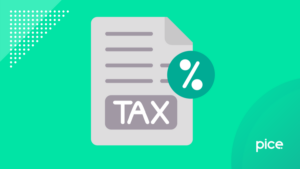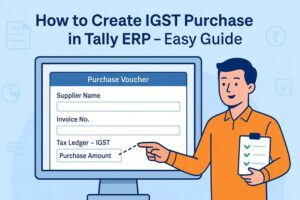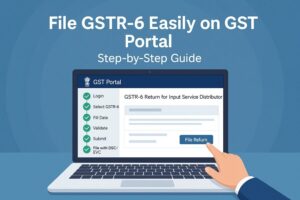How to Cancel GST Migration?
- 28 Aug 24
- 9 mins
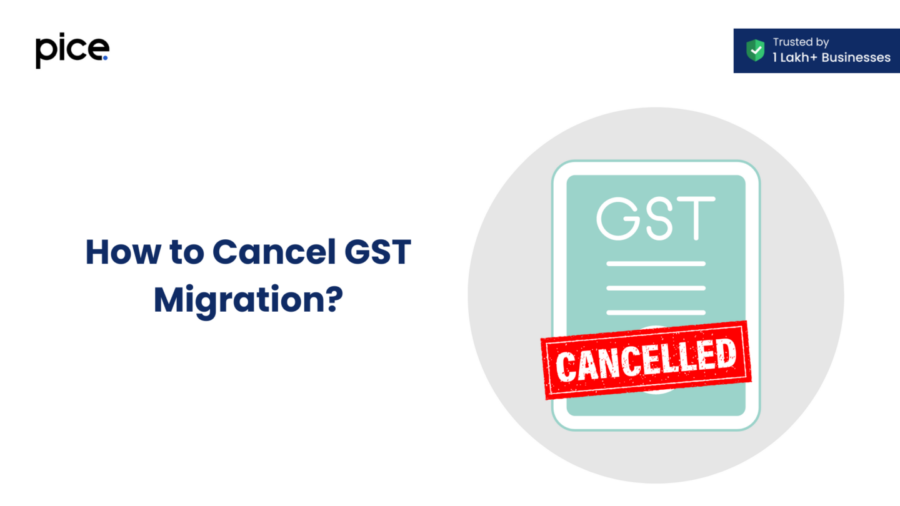
How to Cancel GST Migration?
Key Takeaways
- Ensure Compliance: GST migration is crucial for seamless tax compliance and operational continuity.
- Provisional to Final Registration: Obtain a provisional ID and complete registration for full GST benefits.
- Essential Documents: Submit accurate PAN, business registration, and bank details.
- Acknowledgment Number: Track registration status with the GST acknowledgment number.
- Avoid Penalties: Non-compliance leads to loss of ITC, fines, business disruption, and registration cancellation.
The Goods and Services Tax (GST) migration process is a critical transition for businesses moving from the old tax regime to the new GST system. This process ensures that all existing taxpayers are smoothly integrated into the GST network, allowing for seamless tax compliance and credit claims.
Different Types of GST Registration
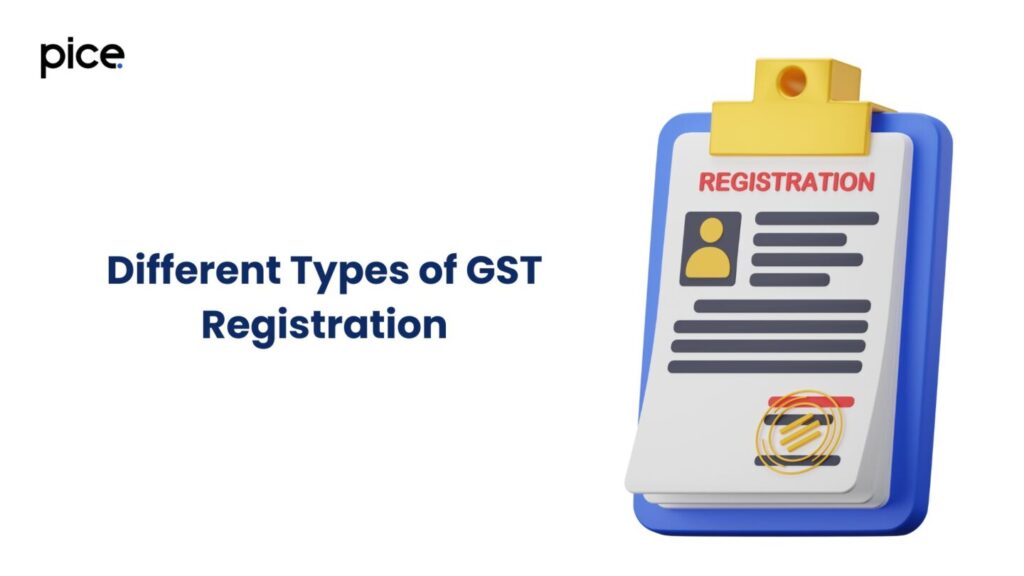
Under the Goods and Services Tax (GST) system, businesses must register to comply with tax regulations and benefit from the input tax credit. Here are the different types of GST registration:
Provisional Registration:
- Definition: Provisional registration is an initial, temporary registration granted to existing taxpayers transitioning from the previous tax regime to the GST system.
- Purpose: It allows businesses to continue their operations under GST without any disruption until they complete the formalities for final registration.
- Procedure:
- Existing taxpayers are issued a Provisional ID and password by their respective tax authorities.
- They must log in to the GST Common Portal using these credentials and fill out FORM GST REG-25.
- Uploading relevant documents, such as the PAN, proof of business registration, and bank details, is required.
- Upon submission, a Provisional Certificate of Registration is issued.
- Validity: The provisional registration remains valid until a final registration certificate is issued or the provisional registration is canceled.
- Role of Proper Officer: The Proper Officer verifies the information and documents provided before granting final registration.
Final Registration:
- Definition: Final registration is the conclusive registration granted to taxpayers after verifying their details and documents submitted during the provisional registration phase.
- Purpose: It confirms the taxpayer's eligibility to operate under the GST regime and allows them to issue GST-compliant invoices and claim input tax credits.
- Procedure:
- Taxpayers need to submit any additional information or documents requested by the proper officer.
- The officer verifies the details and approves the registration.
- FORM GST REG-06 is generated, which serves as the final Certificate of Registration.
- Benefits: Enables businesses to fully comply with GST laws, avail input tax credits, and continue operations without any legal hassles.
Cancel Provisional Registration
- Definition: The process by which businesses can cancel their provisional registration if they decide not to continue under the GST regime.
- Eligibility: Businesses that do not meet the criteria for GST registration or choose to opt-out can apply for cancellation.
- Procedure:
- Submit an application for cancellation using FORM GST REG-28 on the GST Common Portal.
- Provide a valid reason for cancellation, such as business closure or turnover below the threshold limit.
- The proper officer reviews the application and may seek additional information or documents.
- After verification, the provisional registration is canceled, and a formal order of cancellation is issued.
- Implications: Upon cancellation, businesses must ensure that they do not issue any GST invoices or claim any input tax credits. They must settle any tax liabilities and file all pending returns up to the date of cancellation.
- Reasonable Opportunity: The taxpayer is given a reasonable opportunity to be heard before the cancellation order is passed.
Eligibility for GST Migration Procedure
The GST migration procedure mandates that all businesses previously registered under the old indirect tax regimes transition to the new GST system. This migration ensures continuity and compliance with the updated tax structure. The entities required to migrate include:
- Registered Person: Any individual or entity already registered under VAT, Service Tax, or Central Excise must migrate to GST. This includes sole proprietorships, partnerships, companies, and other business forms.
- Taxable Person: Entities liable to pay tax under the previous regime must register under GST. This includes businesses engaged in the supply of goods and services with a turnover exceeding the threshold limit specified for GST registration.
- Service Providers: Individuals and entities providing taxable services under the Service Tax regime must migrate to GST. This ensures that service providers can continue their operations without disruption and can avail of the input tax credit.
Process for Enrollment under GST System Portal
The enrolment process under the GST system portal involves several key steps to ensure that businesses transition smoothly from the old tax regime to the new GST regime. Here’s a detailed look at each step,
Obtain Provisional ID
Provisional ID Issuance:
- Existing taxpayers receive a provisional ID from their respective tax authorities. This ID is crucial for the initial phase of GST migration.
- The provisional ID and password are typically communicated through the registered email address or by direct communication from the tax authorities.
Role of Facilitation Centres:
- Facilitation centres are established to assist businesses in the GST migration process. They provide support for obtaining the provisional ID and guiding through the subsequent steps.
Online GST Registration
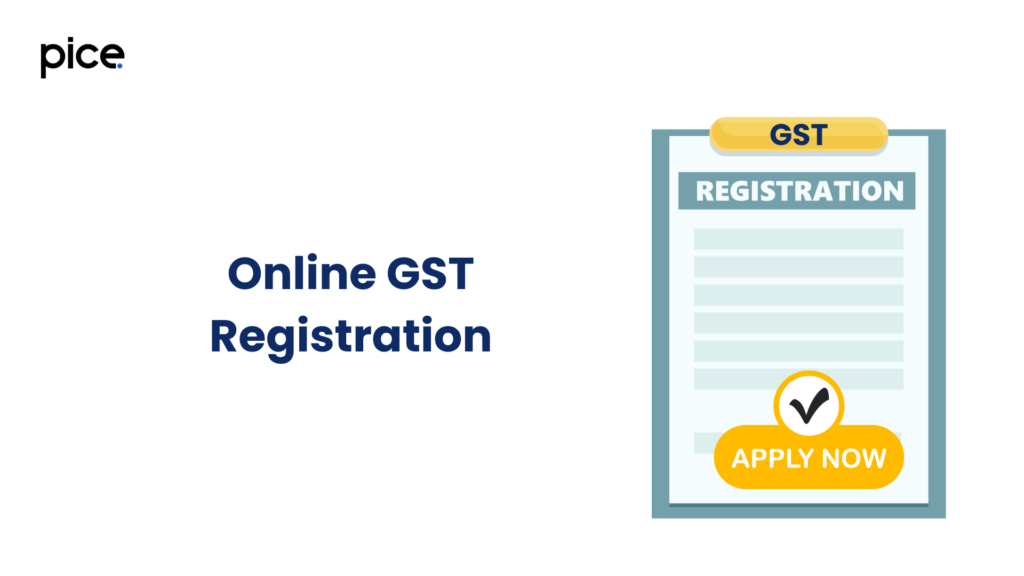
Step 1: Login to GST Portal:
- Using the provisional ID and password, businesses need to log in to the GST Common Portal (www.gst.gov.in).
- After logging in, they must complete the registration process by filling out FORM GST REG-25.
Step 2: Completing the Registration:
- The GST Common Portal provides a step-by-step guide to complete the registration process.
- It is important to accurately enter all required details to avoid errors in form filling.
Documents Required for GST Migration and Registration
- Essential Documents:
- PAN (Permanent Account Number): This is a mandatory requirement for all types of GST registrations.
- Proof of Business Registration: This could be a certificate of incorporation, partnership deed, or any other relevant document.
- Address Proof: Documents such as a utility bill, property tax receipt, or lease agreement serve as proof of business address.
- Bank Account Statement: A recent bank statement to verify the business's financial details.
- Authorized Signatory Details: Identification documents (like Aadhar, PAN) and photos of the authorized signatory.
- Semi-Finished Goods and Exempt Supplies:
- Businesses must account for semi-finished goods in their GST returns.
- Proper documentation of exempt supplies ensures accurate tax filing and input tax credit claims.
GST Migration Acknowledgment Number
Upon successful submission of the required documents and information, the GST portal generates an acknowledgment number. This number is crucial for tracking the status of the GST registration application and ensuring that businesses can verify their registration progress.
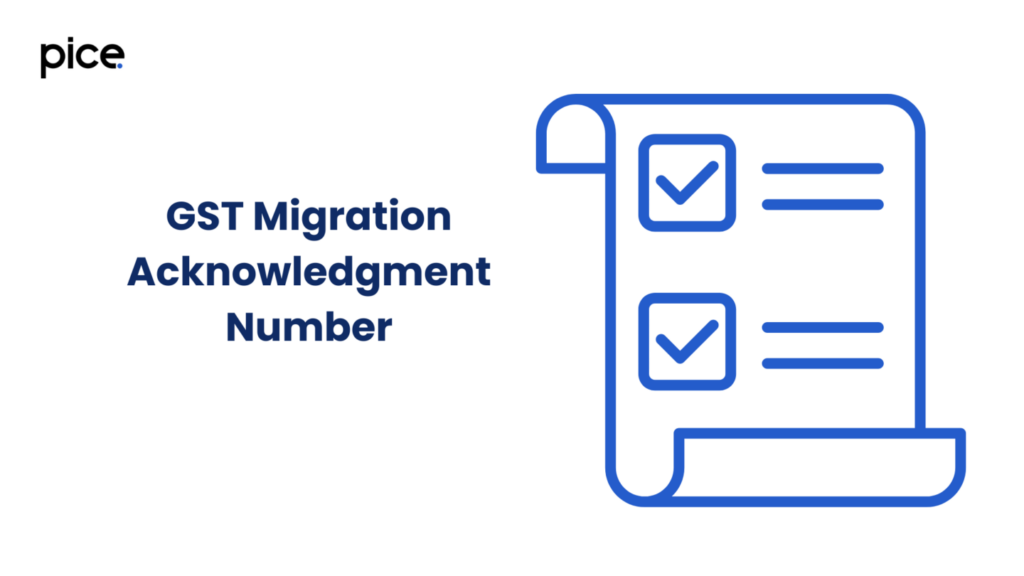
Importance of GST Migration Acknowledgment Number
- Tracking and Verification:
- The acknowledgment number allows businesses to monitor the status of their GST registration on the GST Common Portal.
- It serves as proof that the application has been submitted and is under processing.
- Reference for Issues:
- In case of any issues or delays in the registration process, the acknowledgment number acts as a reference for communicating with the GST authorities or facilitation centres.
- It helps in addressing queries and resolving any discrepancies in the application.
What Will Happen if an Existing Person is Required to Migrate to GST but Does Not Do So?
Failure to migrate to GST can lead to several significant consequences for existing businesses. Here are the key repercussions:
- Inability to Claim Input Tax Credit (ITC):
- Businesses will lose the ability to claim input tax credit on purchases, increasing tax costs and reducing profitability.
- Penalties and Fines for Non-Compliance:
- Non-compliance can attract hefty penalties and fines imposed by tax authorities for failing to register or late registration.
- Disruption in Business Operations:
- Operating without a valid GST registration is illegal and can disrupt business activities, affecting customer relations and credibility.
- Cancellation of Registration:
- Continued non-compliance can lead to the cancellation of provisional registration by the proper officer.
- Impact on Centralized Registration:
- Businesses with centralized registration under the old regime must obtain separate GST registrations for each state. Failure to migrate will affect state-wise operations and compliance.
- GST Registration Transition:
- Proper migration is essential for a smooth transition to the GST regime. Failing to migrate can lead to administrative and operational challenges.
- Loss of Input Tax Credit on Excise and Service Tax:
- Without migrating, businesses will forfeit the right to claim credit for excise duty and service tax paid under the previous regime.
- Complete Supply Chain Solution Disruption:
- GST aims to create a unified tax system. Failure to migrate disrupts this solution, leading to inefficiencies and increased costs.
Conclusion
The GST migration process is designed to integrate existing taxpayers into the new GST regime seamlessly. Ensuring timely and accurate registration helps businesses avoid penalties and enjoy the benefits of GST, such as ITC claims and streamlined tax processes.
💡 If you want to pay your GST with Credit Card, then download Pice Business Payment App. Pice is the one stop app for paying all your business expenses.
 By
By 






